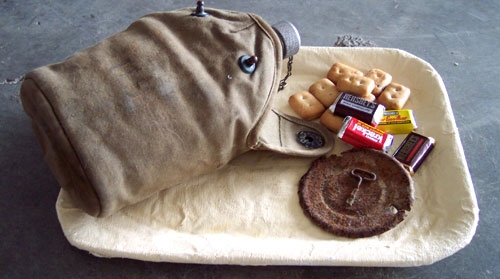IE Ryujin
MAEDA Hiroya
HANSHIRO Ikuko
Presented in partnership with
the Okinawa Museum of Contemporary Art
Opening: Friday, June 3, 8pm
Location: Tinseltown, 88 W. Pender Street
Symposium: Saturday, June 4, 10 am – 5 pm
featuring Okinawan food, music and dance, and sumi painting workshop
Location:
Vancouver Japanese Language School, 475 Alexander Street
Curated by Hank Bull
Okinawa is a group if semi-tropical islands located between Japan and Taiwan. Although a province of Japan, Okinawa maintains its own distinct culture. Over centuries of trade with China, Japan, Korea, Taiwan, Philippines, Indonesia and the Pacific Islands, Okinawa has developed a unique cultural mix, popularly called “champuru”, which is reflected in its exquisite textiles, ceramics, music and lacquer. Okinawa also has strong local traditions that include matriarchal shamanism, cuisine, a close connection with nature and the world’s best longevity statistics.
It is a tragic counterpoint to this alluring image that in 1945 Okinawa was the site of the longest pitched battle in history, one which took an awful toll on the civilian population, and that the presence of huge US military bases remains today a highly unpopular fact of life. Okinawa has been a staging ground for the Korean war, the Vietnam war and both wars in Iraq and constitutes a bastion of US foreign policy in Asia.
The exhibition, the first of its kind to take place in North America, will present examples of contemporary collage, sculpture and installation art.
The symposium will begin with a discussion of planning for the Okinawa Museum of Contemporary Art, slated to open in 2007. The afternoon session will feature performances of Okinawan music and dance, karate, and a sumi painting workshop.
Three artist/curators associated with the Okinawa Museum of Contemporary Art will attend the exhibition and symposium. Many years in the planning, this museum project raises questions about the role of the museum in the construction of national identity and offers an opportunity for comparison with Centre A’s own development plans. Experiencing Okinawan contemporary art will offer insights into neo-colonialism, globalization and trans-culturality.










